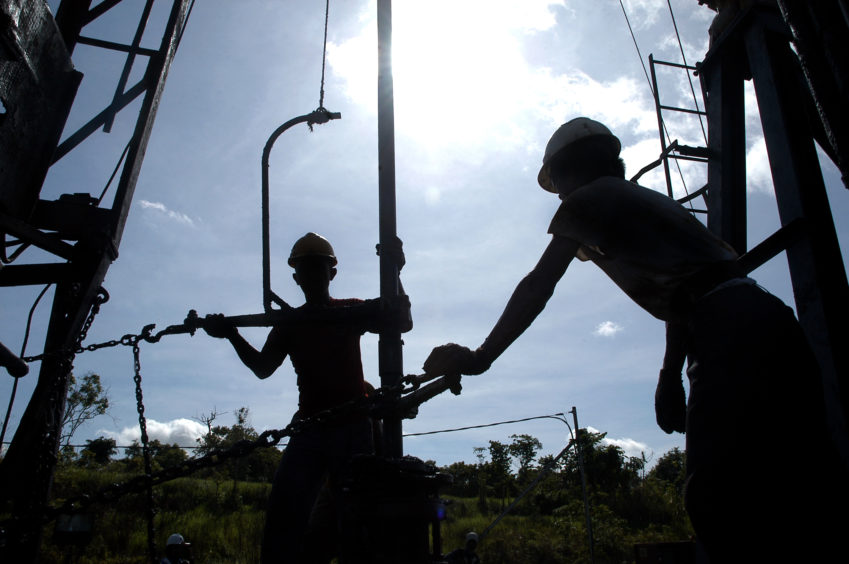
Pertamina is set to take over the giant Rokan block from Chevron in Indonesia, but the Indonesian national oil company (NOC) appears to have no electricity supply to operate the site.
Chevron has been receiving electricity at the legacy block from a cogeneration steam and gas power plant operated by Mandau Tenaga Nusantara (MCTN), owned by a Chevron subsidiary. Significantly, the power plant is not included in the handover package to Pertamina. Chevron has opened a tender for the power plant with a price of $300 million, irking the Indonesian government.
Rokan, one of Indonesia’s biggest oil producing blocks, needs a reliable and sustainable supply of electricity to operate. Any disruption in power supply would result in huge losses for Pertamina as it interrupts oil production.
Although Pertamina has signed a power supply deal with state-utility PLN, the required amount of electricity will not be available until 2024, once PLN has built new infrastructure. Crucially, the electricity supply source for the next three years remains in question.
“PLN, the Upstream Oil and Gas Special Regulatory Taskforce (SKK Migas), the Energy and Mineral Resources Ministry and Pertamina all agree that PLN should take over the existing power plant. However, they consider the $300 million bidding to be overpriced,” reported Tenggara Backgrounder, a Jakarta-based research service.
“PLN and SKK Migas believe that Chevron should hand the MCTN power plant, also known as North Duri Cogeneration (NDC) plant, to PLN because it has been operating under the cost recovery scheme (for Rokan). SKK Migas’ deputy for finance and monetisation, Arief S. Handoko, said all oil and gas contractors built their own power plants to supply electricity for their oil production activities,” said analysts at Tenggara.
“From the $200 million initial investment to build the power plant, the state has paid up to $80 million per year for power purchases until last year. In addition, the labor costs for MCTN employees, who are also Chevron employees, have been recovered by the state as well. Furthermore, MCTN has not paid any rent for the land it occupies. Because of these reasons, Arief believes that the state has the right over MCTN, and it should be handed over to PLN. He is still pushing for Chevron to cancel the tender and hand MCTN over to PLN,” added Tenggara.
“According to a source in the government, a number of high-ranking officials at the State-Owned Enterprises (SOE) Ministry and the Energy and Mineral Resources Ministry have questioned why the Rokan Block’s electricity supply could not be included in the plan to take over the block, considering that electricity is an integral part of oil production,” said Tenggara.
The electricity supply issue is one of several challenges Pertamina is facing with the handover at Rokan. In February, Energy Voice reported that Pertamina had failed to agree a commercial deal with Chevron for a key chemical formula that is critical for enhanced oil recovery (EOR) efforts at the legacy Rokan Block.
Rising resource nationalism has seen the government award Pertamina more and more expiring oil and gas blocks in recent years, replacing the IOCs operating the legacy contracts. These assets, and the scale of some of them, present technical challenges and a high degree of execution risk for Pertamina, particularly during the handover and transition periods.
Rokan pumped 179,682 barrels of oil per day (bopd) or 25% of the national oil production of 720,200 barrels per day posted in June 2020. Pertamina aims to produce between 170,000 and 180,000 bopd from Rokan once it takes over. Eventually, it plans to boost production to 200,000 bopd, although the NOC has not offered a timeline to achieve this.
Significantly, a lack of upstream partners raises the risks for Pertamina as the NOC becomes increasingly exposed to higher risk as it acquires more legacy assets. This could be mitigated by partnering with IOCs, but potential upstream suitors remain elusive. The country’s poor fiscal terms and lack of transparency have deterred most potential upstream investors.
